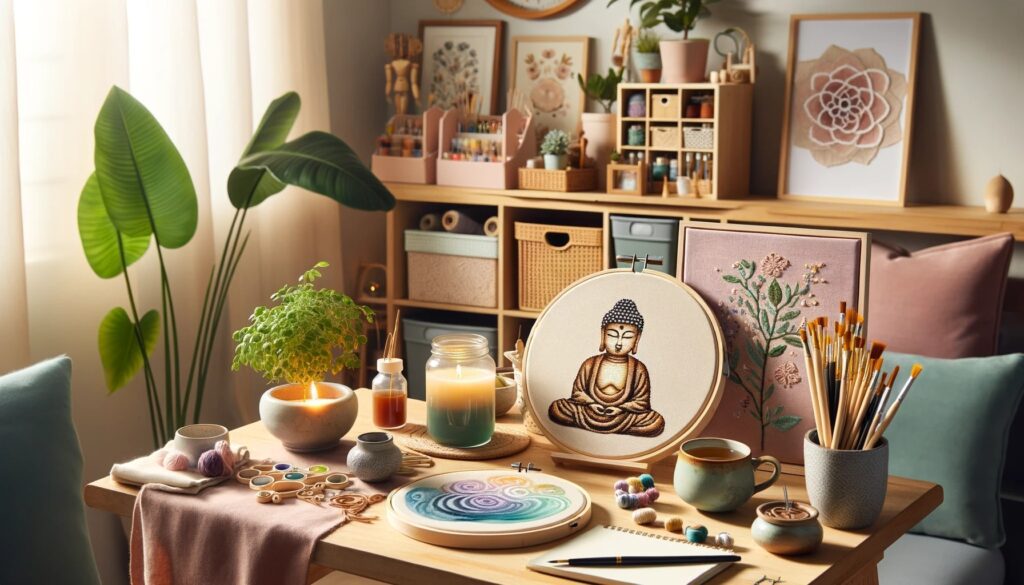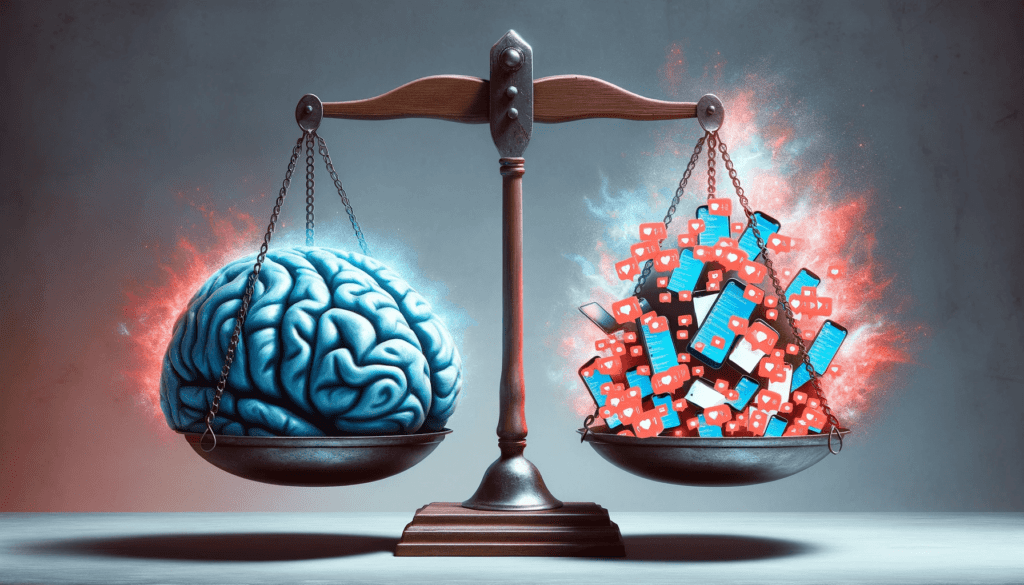

In today’s fast-paced and hyper-connected world, it’s no secret that digital devices have become an integral part of our daily lives. From smartphones to laptops, tablets, and smartwatches, these devices provide us with unprecedented levels of convenience, connectivity, and access to information. However, as our dependency on technology grows, so does the concern for protecting mental health in a digital world. The risk of digital distractions can have a detrimental impact on our mental health and overall well-being.
In this article, we will delve into the concept of digital minimalism and explore its potential as a solution for protecting mental health in a digital world against the negative effects of smartphone notifications and the digital world on our focus and mental health. We will examine the various facets of digital distractions, understand their impact on our ability to concentrate, and propose practical tips and strategies to cultivate a healthier relationship with technology.
Understanding Digital Distractions and the Impact of Notifications
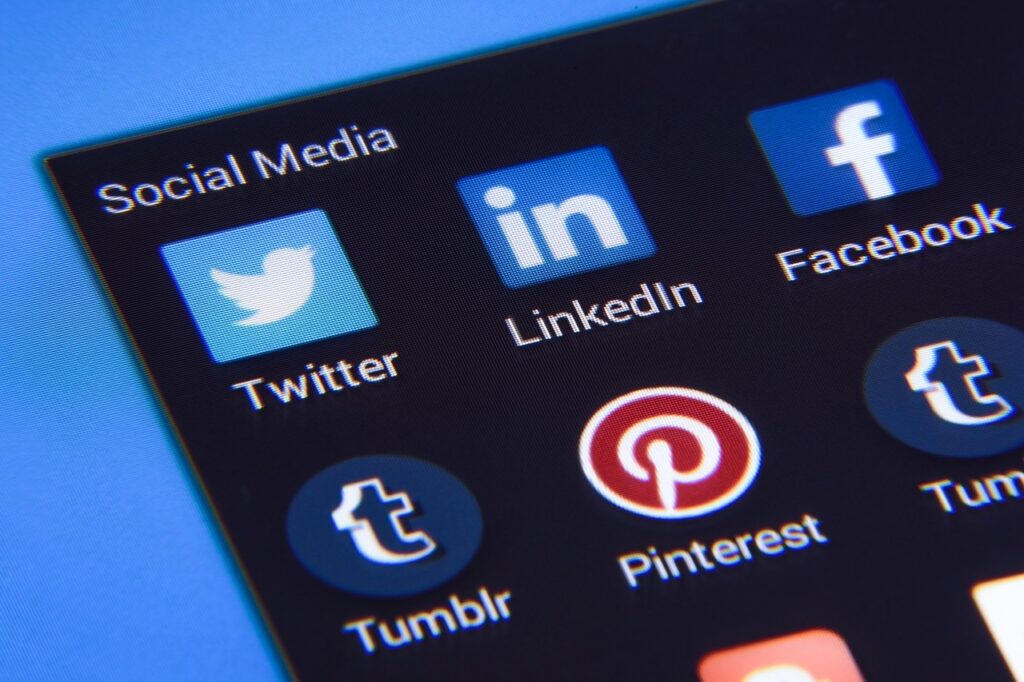

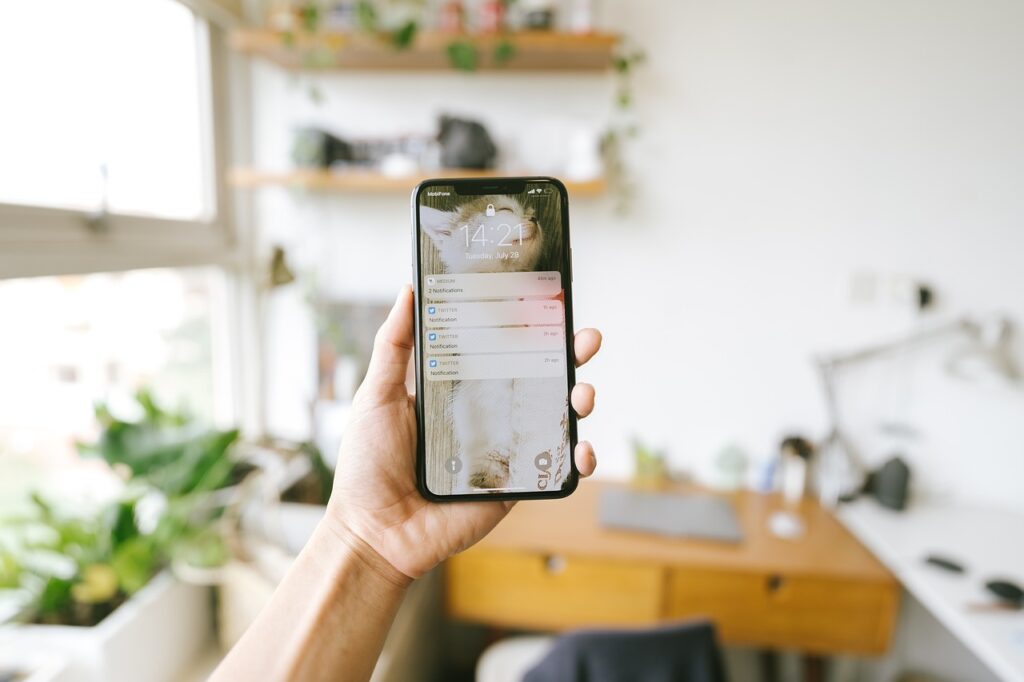



The Toll on Focus and Productivity
Continuous exposure to digital interruptions can significantly impair our ability to sustain attention on tasks at hand. The constant shifting of our focus from one notification to another derails our cognitive processes, leading to decreased productivity and increased stress. Studies have shown that it takes an average of 23 minutes and 15 seconds to refocus on a task after being interrupted. Moreover, the fear of missing out (FOMO) drives us to frequently check our devices for updates, perpetuating a cycle of distraction and reduced productivity. The allure of social media, the anticipation of new messages or notifications, and the addictive nature of these platforms make it increasingly difficult for us to resist the urge to constantly check our devices.
The Impact on Mental Health
The negative consequences of digital distractions extend beyond our ability to focus and be productive. The incessant use of social media, in particular, has been linked to increased rates of anxiety, depression, and feelings of social comparison. The carefully curated and idealized versions of people’s lives that we encounter on platforms like Instagram and Facebook can foster feelings of inadequacy, negatively impacting our self-esteem and overall mental well-being.
Furthermore, the constant exposure to digital stimuli and the pressure to constantly stay connected can contribute to feelings of overwhelm and mental exhaustion. The 24/7 nature of the digital world blurs the boundaries between work and personal life, making it difficult to disconnect and recharge. This lack of downtime and constant stimulation can lead to burnout, increased stress levels, and a decline in our overall mental health.
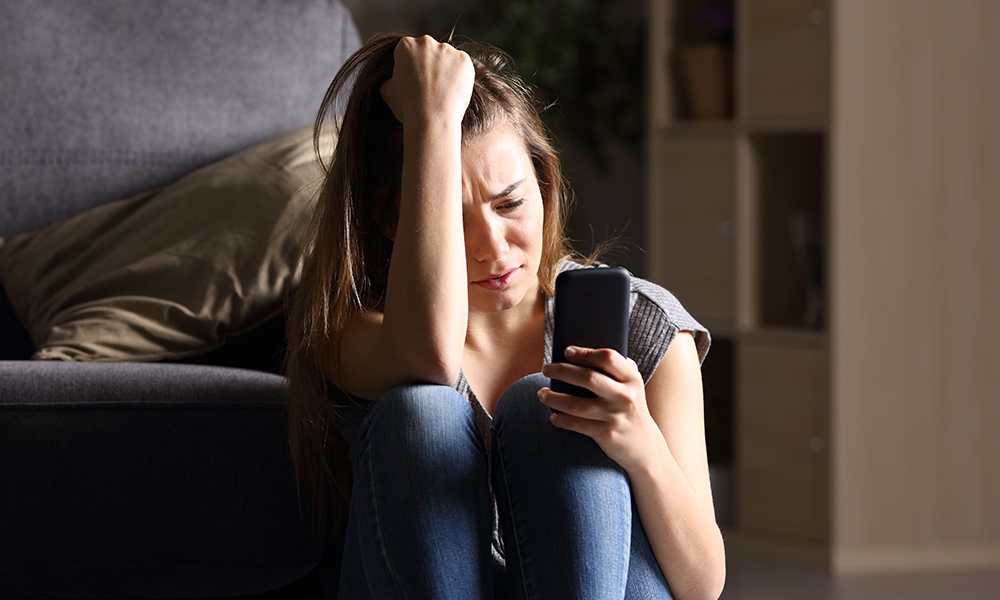

The Physical Consequences
Digital distractions not only affect our mental health but also have physical repercussions. Excessive screen time, often a result of succumbing to notifications, leads to a more sedentary lifestyle. Hours spent hunched over computers, binge-watching TV shows, or scrolling through social media feeds contribute to a lack of physical activity, which is associated with numerous health issues, including obesity, cardiovascular diseases, and musculoskeletal problems.
Furthermore, the blue light emitted by screens interferes with our sleep patterns. Prolonged exposure to screens before bedtime disrupts the production of melatonin, a hormone crucial for sleep regulation. This interference can result in difficulty falling asleep, poor sleep quality, and an increased risk of sleep-related disorders. Sleep deprivation, in turn, can have a profound impact on our mental and physical health, weakening the immune system, impacting cognitive function, and increasing the risk of chronic health conditions.


The Concept of Digital Minimalism: Finding Balance in the Digital Age
As the negative impact of digital distractions on our focus and mental health becomes more apparent, the concept of digital minimalism has emerged as a potential solution. Digital minimalism is about intentionally and mindfully curating our digital lives, focusing on the essential aspects of technology while minimizing the distractions and noise that hinder our well-being.
Digital minimalism is not about completely eliminating technology from our lives but rather about consciously choosing how and when we engage with it. It involves setting boundaries, prioritizing quality interactions, and reclaiming our time and attention from the constant demands of the digital world. By adopting a digital minimalist mindset, we can regain control over our focus, well-being, and overall quality of life.


Practical Tips for Embracing Digital Minimalism
1. Perform a Digital Audit
Start your journey toward digital minimalism by conducting a thorough evaluation of your digital life. Take stock of the apps, notifications, and digital activities that consume your time and attention. Assess their value and impact on your overall well-being. Identify the areas where you can make positive changes and reduce distractions.
2. Set Clear Boundaries
Establish clear boundaries around your digital usage to protect your focus and mental health. Designate specific times for checking emails, engaging with social media, or responding to messages. Avoid falling into the trap of mindlessly scrolling through endless feeds by allocating limited and purposeful time for digital engagement.
3. Turn Off Non-Essential Notifications
Take control of your notifications by turning off non-essential alerts. Identify the notifications that truly require your immediate attention and disable the rest. By reducing the frequency of interruptions, you can create a more focused and mindful digital environment.
4. Create Technology-Free Zones and Times
Designate certain areas of your home or specific times of the day as technology-free zones or times. Establish spaces and moments where technology is not allowed, allowing you to fully engage in face-to-face interactions, connect with nature, or simply enjoy moments of solitude.
5. Practice Mindful Consumption
Adopt a mindful approach to your digital consumption. Be intentional about the content you engage with and the platforms you choose to spend your time on. Consider unfollowing accounts or groups that do not contribute positively to your well-being, and seek out content that inspires, educates, and uplifts you.
6. Embrace Offline Activities
Rediscover the joy of offline activities that nurture your mental health and well-being. Engage in hobbies, exercise, spend time in nature, read physical books, or pursue creative endeavors that allow you to disconnect from the digital world and reconnect with yourself and the world around you.
7. Prioritize Quality Connections
Invest time and energy in cultivating meaningful and authentic connections with others. Instead of relying solely on digital communication, prioritize face-to-face interactions. Engage in deep conversations, engage in activities together, and cherish the moments spent with loved ones.
8. Practice Digital Detox
Periodically disconnect from digital devices to recharge and refocus. Incorporate digital detox breaks into your routine, whether it’s taking short breaks during the day or dedicating entire weekends to unplugging. Use this time to engage in activities that bring you joy, foster creativity, and promote overall well-being.
9. Utilize Digital Well-Being Tools
Leverage the digital well-being features available on smartphones and apps to track and limit your screen time. These tools can provide insights into your digital habits, helping you identify areas where you can make positive changes and set goals for healthier technology consumption.
10. Write a Tech Vision Statement
Craft a tech vision statement that outlines your intentions, goals, and boundaries for using technology. Incorporate what you want technology to do for you, such as supporting your relationships or aiding in personal growth, while guarding against excessive use and negative impacts on your mental and physical health. Revisit and revise your tech vision statement regularly to ensure it aligns with your evolving needs and priorities.
Conclusion
In a world dominated by digital distractions, it’s crucial to take proactive steps to protect our focus and mental health. Embracing the principles of digital minimalism can help us regain control over our lives, cultivate healthier relationships with technology, and prioritize our well-being in the digital age. By setting boundaries, embracing mindful consumption, and practicing digital detox, we can navigate the digital world with intention, reclaim our focus, and nurture our mental health in the process. Remember, digital minimalism is not about completely abandoning technology but rather finding the right balance that allows us to thrive in a hyper-connected world.
And speaking of focus, if you’re looking for practical ways to enhance your concentration, check out our article “5-Minute Concentration Exercises: Boost Your Focus with Simple Breathing Techniques.” It’s packed with easy, effective methods to sharpen your focus and calm your mind – a perfect complement to your digital minimalism journey.


